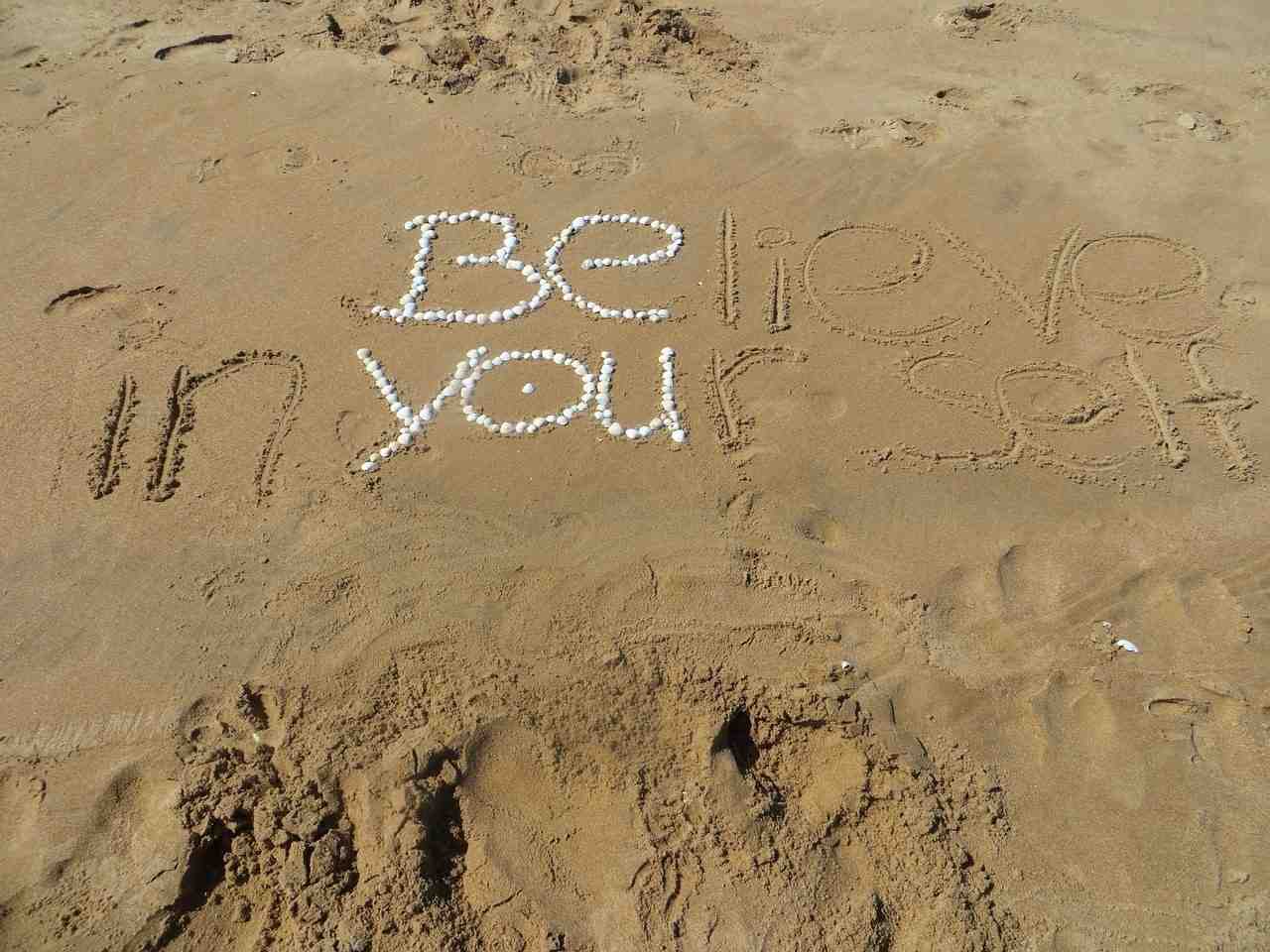When I was in basic training, the instructors would often have us shout, “you never get a second chance to make a first impression so make the first impression last!” That’s actually a true statement and there are a number of studies to back it up.
A first impression can determine whether or not you get the job, close a sale or get invited back on a second date. A poor first impression will likely cost you money or opportunity. A good first impression can definitely help you to make connections and establish relationships that can help you reach your goals.
Human beings are built to size up each other very quickly. Research tells us that literally, in the time we take to blink our eyes, we’ve already sized someone up in terms of attractiveness and trustworthiness. After that initial assessment, we take the next three seconds to arrive at a more “complete” conclusion about this person we just met as it relates to their presumed personality and competence.
Needless to say, that is not nearly enough time to accurately evaluate someone but that’s exactly what we do. Worse yet, we become attached to our initial impressions of others and find it very difficult to change our opinion, even when presented with lots of evidence to the contrary.
How do you create a good first impression?
It is important to be aware of how you come across to others during a first meeting. Once you have done that introspective work, you can employ impression management skills—temper any irritating traits and accentuating your strengths thus ensuring that people create a more favorable opinion of you.
Here are four ideas you can implement:
Consider the context
It is really important to think about where you trying to make a good first impression
Why?
Because of context matters!
Is the occasion, a formal job interview, a dinner date or your neighbourhood watch meeting?
That will inform how you dress, look and behave. How you present and conduct yourself should always appropriately match the setting you are entering. For example, if you are interviewing for a high-level job position, dressing in a business suit would be appropriate for such an occasion but not so much so for a first date to the movie.
Do your homework

Whether it is a potential employer, a new client or even a blind date, make sure that you do your homework before you meet with them for the first time.
You should know who you’re meeting, what they care about, and what they might need from you. In a business environment, it is important that you demonstrate that you understand the problem the other person is trying to solve and how your skills, experience and knowledge could help them find solutions to their issues. In a social a situation such as a date; show that you are interested (in them) not just that you are an interesting person.
You should prepare two or three talking points that you feel are important and that you want to get across during the meeting. Clearly, because context matters, the talking points will vary based on the situation. Ideally, they will pop up “naturally” during the course of your conversation and will showcase your knowledge, strategic planning abilities, and grasp of the business.
Smile

Some studies indicate that 90% of what we communicate comes not from what we say, but rather, how we say it. So, say it with a smile! One of the best ways to put other people at ease is by flashing a confident, relaxed smile.
Researchers have concluded that smiling is an important social cue. People respond to smiles on both a conscious and unconscious level.
Our overall body language is also an important way in which we communicate and is therefore critically important when making a good first impression. Be sure to maintain eye contact, nod in agreement, and give a nice, firm handshake.
Be yourself

I believe that being authentic is the most powerful way any of us can show up in the world and while it is important to make a good first impression, if you are trying too hard to do so and not being yourself, someone is going to see right through you.
My friend Todd Dwett defines authenticity in the workplace as finding that sweet spot between being best friends and the cold, sterile, distant professional that we often project. In that sweet spot you are able to pull back the curtain and allow some of the personality, and interests that define you as a human being to shine forth. It is that “realness” that endears you to others and portray you as someone who can be trusted.
Keep On Pushing!
